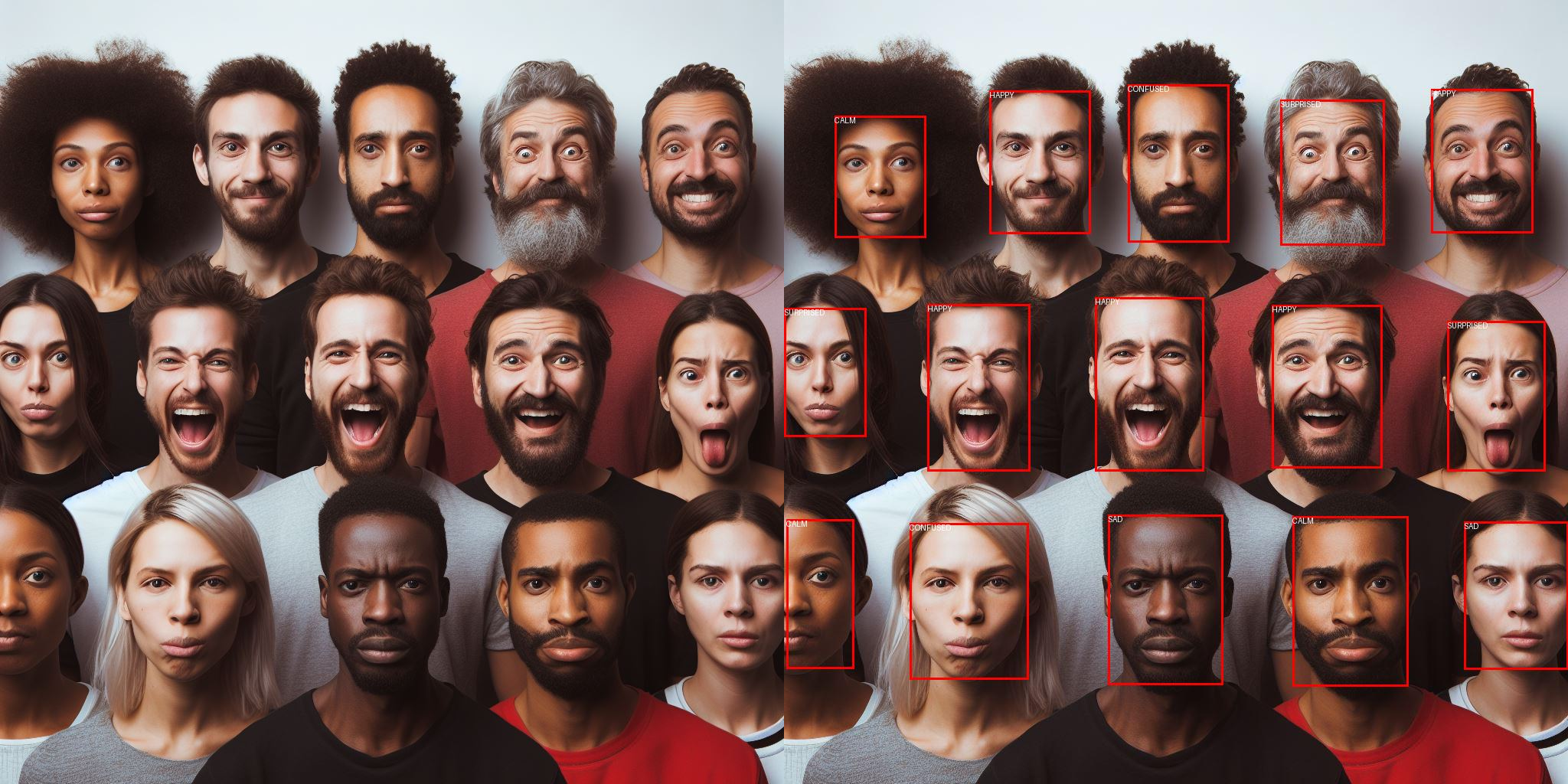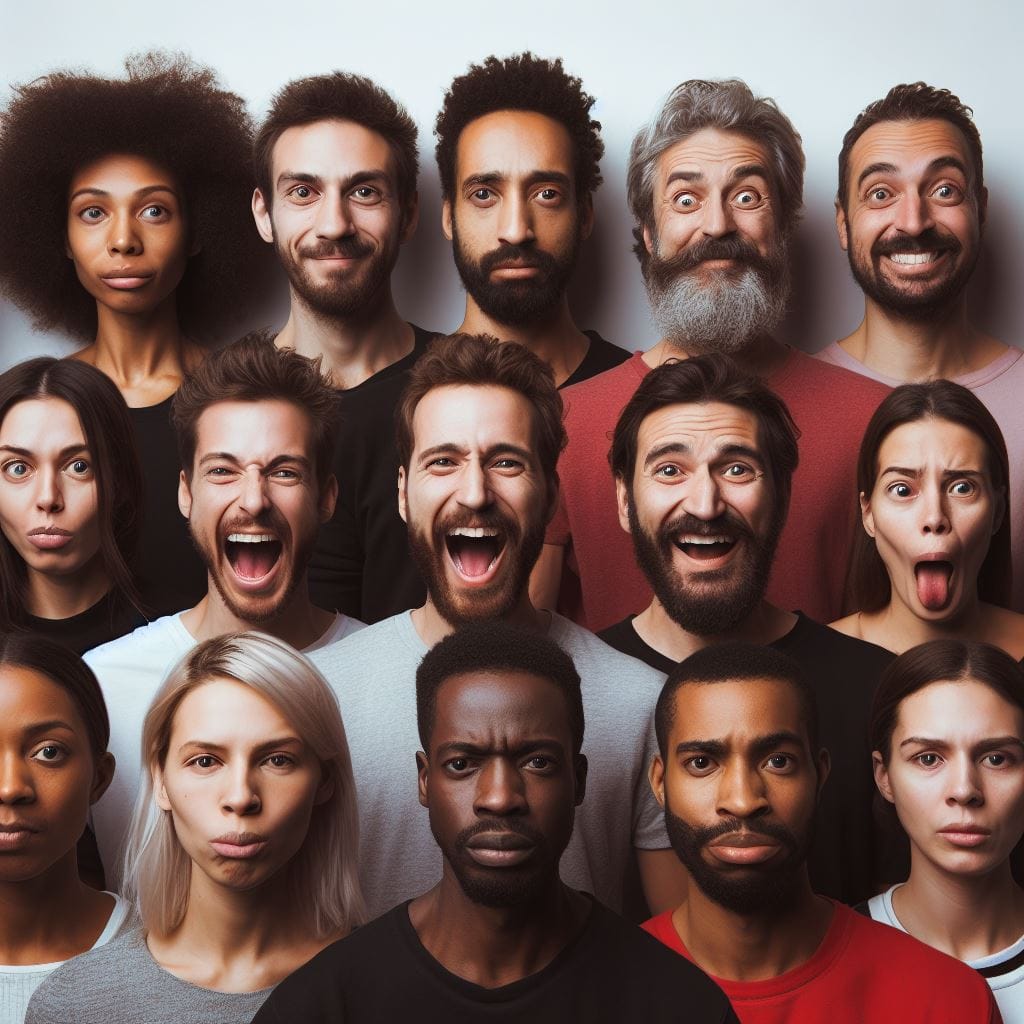Main Features
Facial Recognition: Rekognition can detect and analyze faces in images and videos, providing information such as the position of facial features, emotions, and the likelihood of a person matching a known face.
Object and Scene Detection: The service can identify objects and scenes within images and videos, making it useful for applications like content moderation, security, and cataloging.
Text Detection: Rekognition can detect and extract text from images, enabling applications such as automatic metadata extraction and content organization.
Celebrity Recognition: It can identify and recognize celebrities in images.
Content Moderation: Rekognition can be used to moderate content by identifying and filtering inappropriate, explicit or unsafe images and videos.
Face Comparison: It allows for the comparison of faces against a collection of known faces to determine if there is a match.
Pathing in Video: Rekognition Video enables tracking of people or objects in a video, providing information about their movement paths.
To access those features you either call the AWS Rekognition API with an image in the body as bytes in your request or have it already uploaded to Amazon S3.
Example
To show an easy example on whats possible we will use Python with boto3 to call the Amazon API
rekognition = boto3.client('rekognition')
img_byte_arr = bytes(your_loaded_image)
rekognition_response = rekognition.detect_faces(
Image={'Bytes': img_byte_arr}, Attributes=['ALL'])Discovering faces in an image is just the beginning – our tool goes beyond the basics. With features such as bounding box details, expected age range, facial landmarks, emotions, and head orientation, it provides a comprehensive analysis. For a detailed breakdown of each field, check out the full list in the Developers Handbook
In the end you can expect results like this:

Beyond the default behaviour
In the realm of cutting-edge technologies, it's no surprise that default models often fall short of delivering optimal results across diverse fields. However, fear not, for they still manage to provide sufficiently good outcomes for a myriad of general applications.
When it comes to unleashing the true potential of rekognition in your specialized domain, a key strategy comes into play: the training of pre-labeled images. This practice acts as a catalyst, propelling your results to new heights and ensuring a tailored precision that aligns seamlessly with your unique requirements.
For a deeper dive into maximizing rekognition's potential within your specialized domain, explore the official documentation. It's a valuable resource providing insights and guidance to fine-tune and customize your experience.



